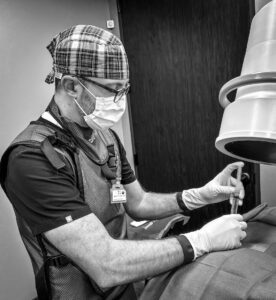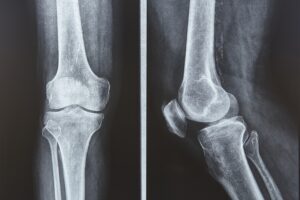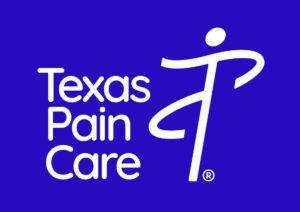
If you suffer from lumbar spinal stenosis (LSS) and find that you can’t stand or walk for long periods of time without experiencing severe pain, there’s a new treatment option that has provided patients with relief.

Hands and wrists are meant to be used, right? Right! But then don’t be surprised that they’ll be tired. For those of us who spend 9-to-5 on our computers, typing away at our keyboard, or those who spend the same amount of time driving, lifting, stacking or swiping, we know all too well about the trials of overworking our hands and wrists. Without paying attention to this fatigue, and taking time for rest, it could turn into carpal tunnel syndrome. If you’re experiencing hand and wrist fatigue, the Texas Pain Care team in the Sugar Land, Missouri City and Houston areas can help manage the symptoms before the pain turns into a larger issue. Get expert Carpal Tunnel Treatment in Houston, Texas.
Carpal tunnel syndrome is an extremely common health condition that leads to feelings of pain, numbness, weakness and tingling in the hand and wrist. The carpal tunnel is a space in the bones in the wrist that lets tendons, ligaments and nerves pass through to reach the hands.
Carpal tunnel syndrome happens when there is an irritation or compression on the median nerve, which provides motor functions to the forearm, wrist and hand. Any damage or pressure of the median nerve against the walls of the carpal tunnel can lead to incorrect feelings in the hand or wrist.
While the carpal tunnel has enough room for all nerves that need to pass through it, if any parts of the wrist become swollen or damaged, it can put pressure on the tissues around it, which in turn can press on the median nerve. The median nerve brings feeling to the palm side of the thumb and the first three fingers (not the pinkie). It also helps to control some movements of the hand.
Common causes and risk factors for carpal tunnel syndrome include:
If you’re concerned that the wrist and hand pain you’re feeling is carpal tunnel, there are a few key symptoms to look for, including:
While pain or weakened sensations can vary from person to person, as well as depending on the position of the wrist, additional symptoms can include the feeling of the hand “asleep.” Pain can also be felt as a sharp, burning stab or a constant ache that is felt deep inside the hand or wrist. The hands and fingers can feel clumsy or less able to perform precise functions, like gripping a pencil or buttoning a shirt.
There is no specific timeline for someone getting carpal tunnel syndrome, especially if a traumatic event is involved. The onset might range from a few days to a few years. Those whose work or lifestyle require repetitive hand and wrist motions might develop carpal tunnel syndrome quicker than those who don’t.
You can also send us a message

This first step in determining the best treatment plan is to first diagnose the level and extent of the syndrome. Your pain management specialist will perform a physical exam and a series of carpal tunnel tests and imaging tests. It’s important to note when you first noticed pain symptoms and what activities make the best better or worse.
The goal of carpal tunnel treatments is to reduce pain, numbness and tingling, as well as to prevent further loss of motor function. There are a variety of treatment options, which vary depending on the severity of each individual’s case of carpal tunnel syndrome.
The first step in addressing mild to moderate cases of carpal tunnel syndrome is by utilizing at-home methods, including:
Another conservation method is physical therapy, which helps to strengthen muscles around the wrist and increase flexibility. Over-the-counter pain medications can also help to relieve pain symptoms and inflammation while other methods are being utilized.
If at-home treatments don’t adequately provide the needed relief, interventional treatments are the next best stop. A deep, pulsed ultrasound can help to decrease pain and promote soft tissue healing. Steroid injections can also help to reduce inflammation and resulting compression and pain.
For symptoms that do not improve, or worsen, after trying conservative methods for six months, surgery is the next best step to provide relief for moderate to severe carpal tunnel syndrome cases.
The goal of carpal tunnel surgery is to relieve the compression of the median nerve. Surgery can be performed either via endoscopy or open incision. Both have their separate benefits. Open incision gives the provider a greater visual of the carpal tunnel and the median nerve, but is slower to heal. Endoscopy allows for less visibility but allows for less scar tissue and post-operative pain.
While the outcome for surgery is good, there are cases where carpal tunnel syndrome can occur years after surgery. There are also some cases where the surgery failed to provide complete relief, which was the case for some very severe carpal tunnel syndrome cases.
The best way to prevent carpal tunnel syndrome is to utilize as many preventative measures as possible. Pay attention to any early symptoms of hand and wrist pain and utilize at-home treatment options as quickly as possible.
If you are suffering from hand or wrist pain that is making it difficult to perform simple tasks, please schedule an appointment with the Texas Pain Care team in the Sugar Land, Missouri City and Houston areas so that we diagnose and begin a treatment regimen to help you get out of pain and avoid a worsening condition.

If you suffer from lumbar spinal stenosis (LSS) and find that you can’t stand or walk for long periods of time without experiencing severe pain, there’s a new treatment option that has provided patients with relief.

Where would you be without your hips and knees? Nowhere! Our hips and knees are an essential part of our skeletal structure that helps us to enjoy everyday activities, which include everything from walking to sitting to standing and to running.

For patients living with chronic pain, uncomfortable with medications or avoiding surgery, PRP is an increasingly popular option. The regenerative therapy uses platelets and stem cells for healing and repair through minimally-invasive techniques.

Get out of pain
Get back to living
Treatments
Conditions
